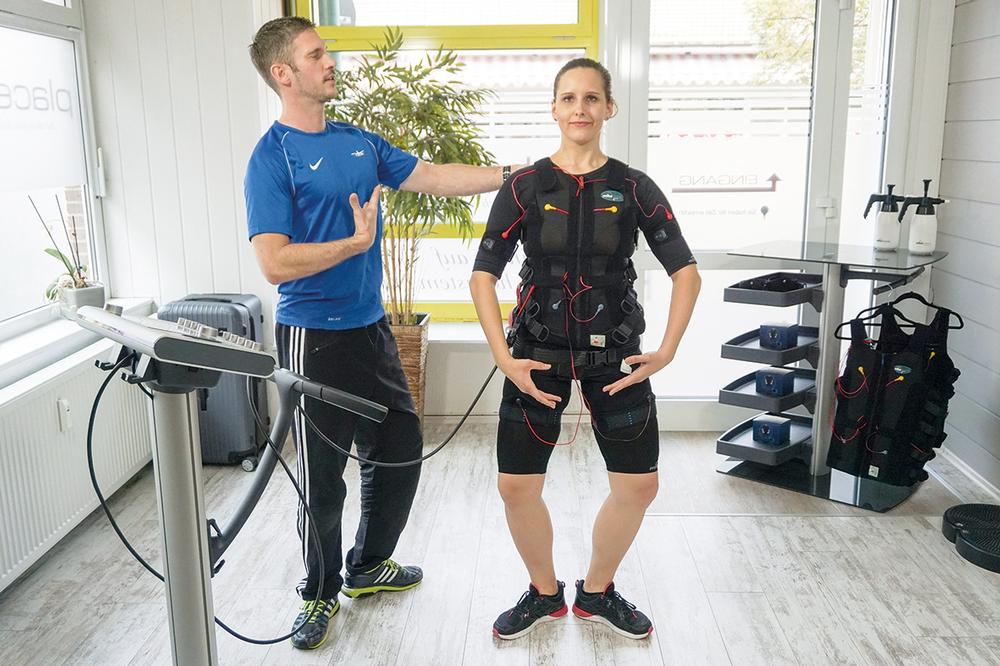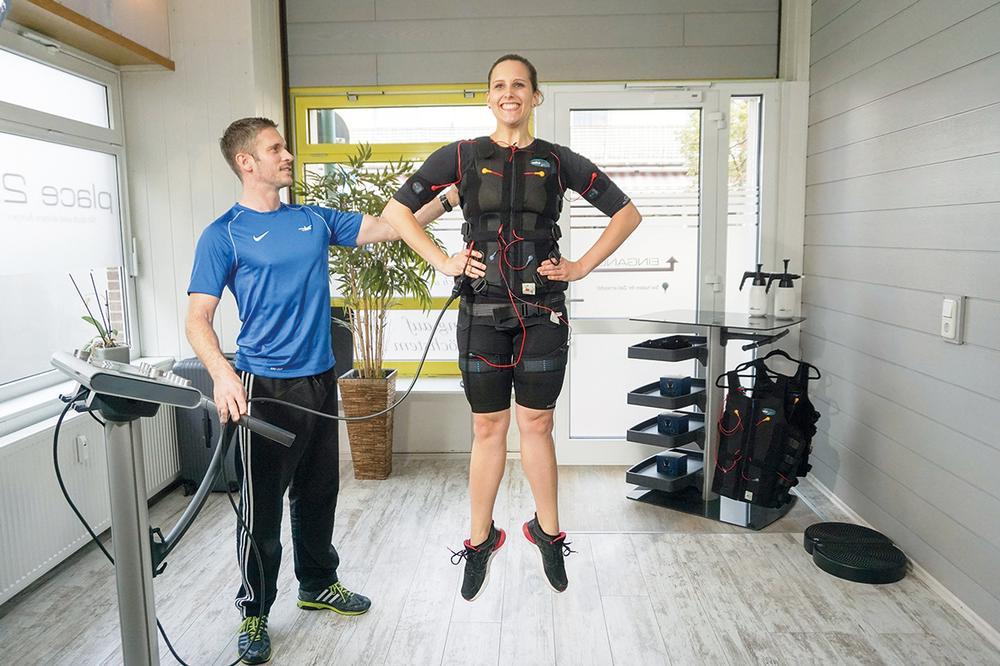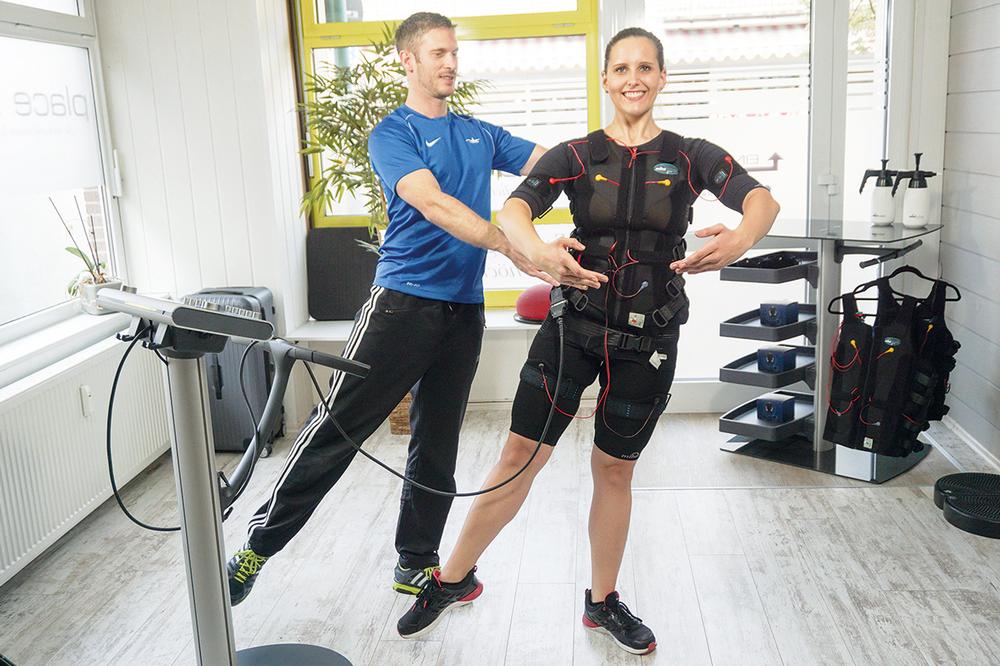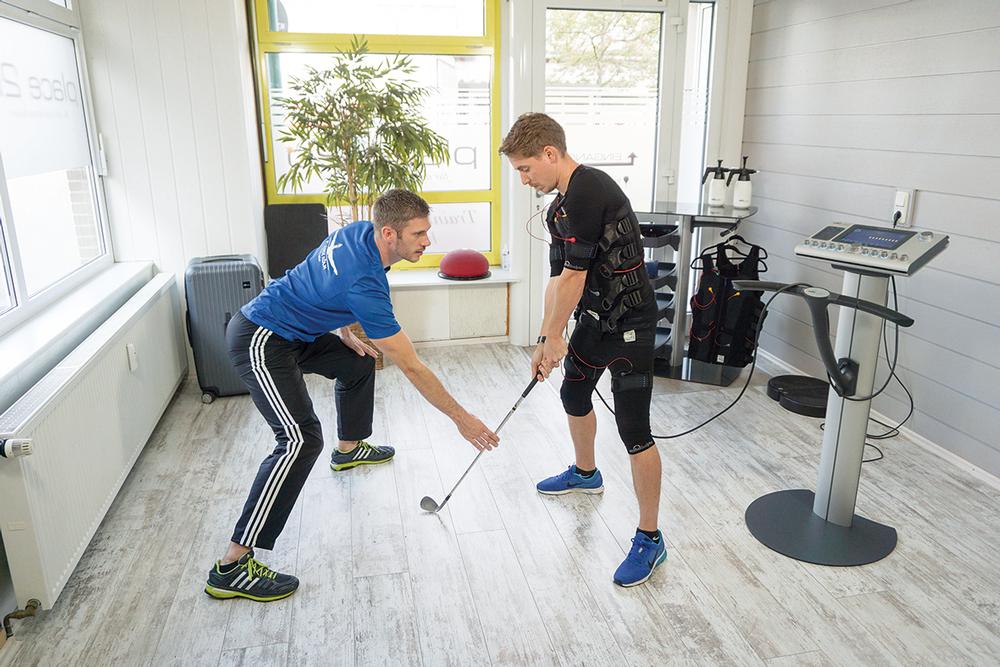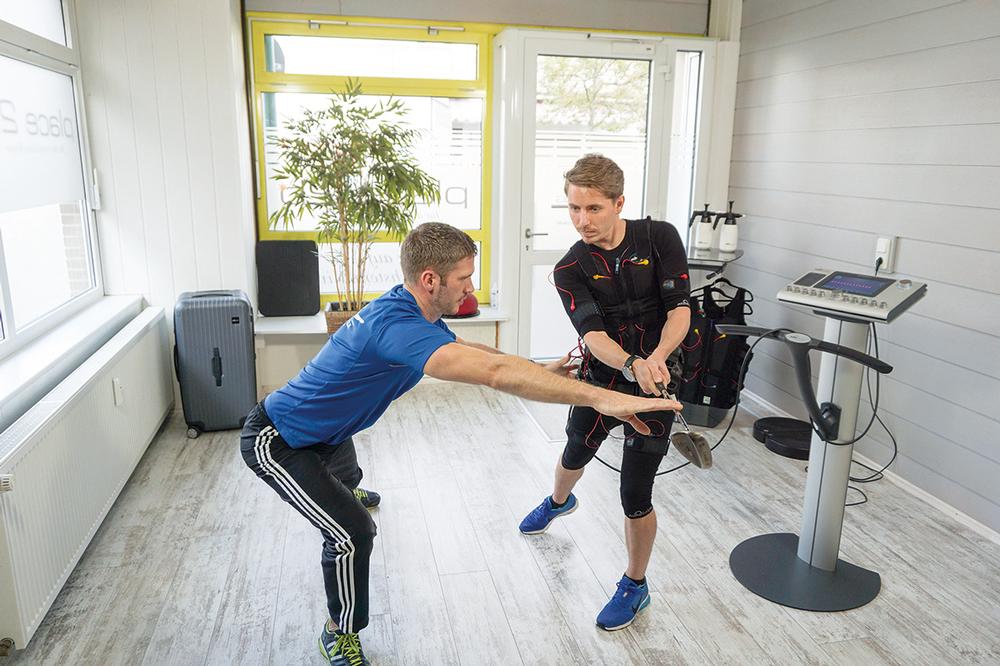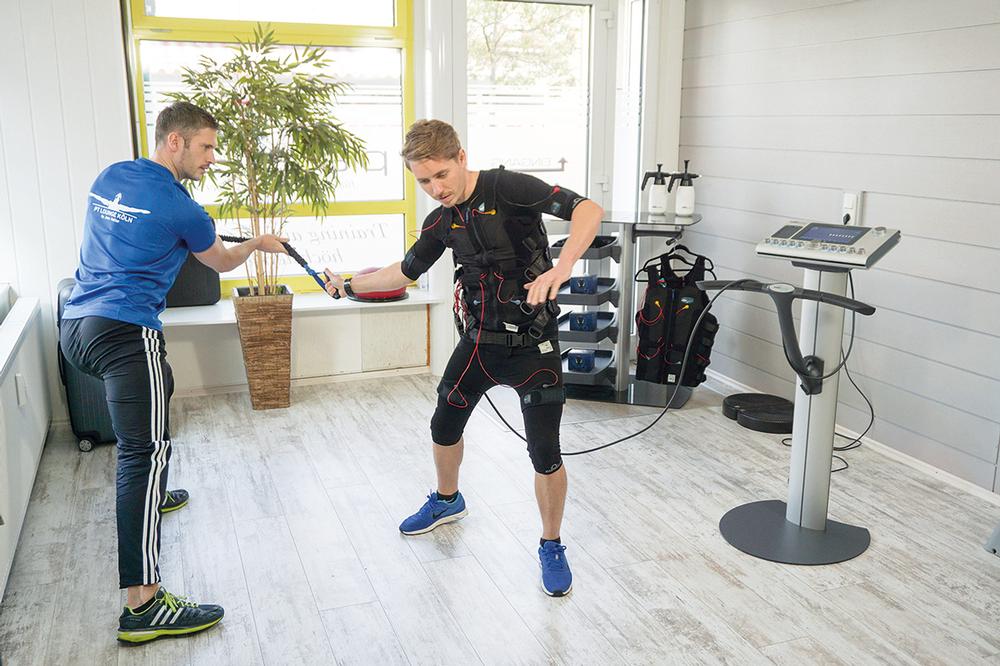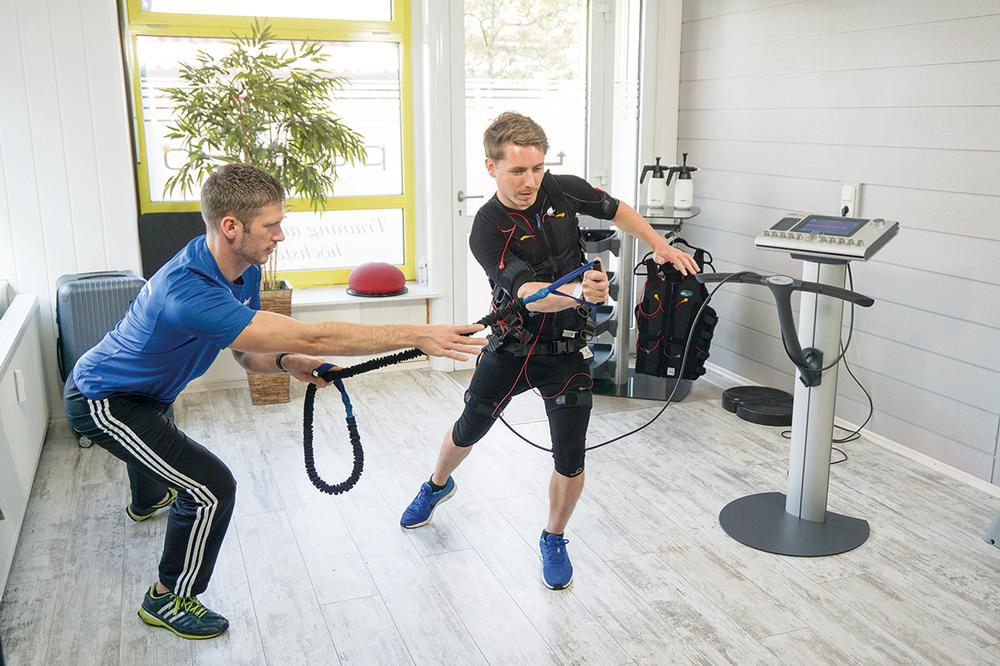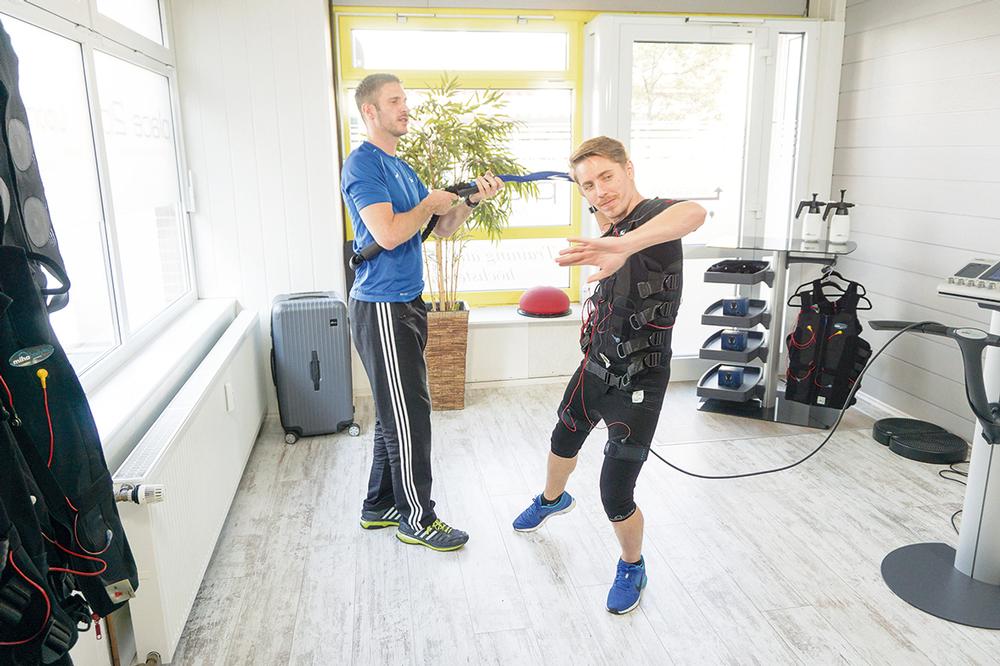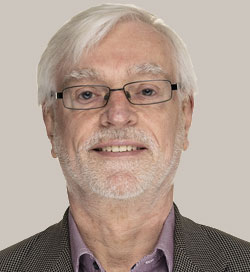I’ve used EMS Training in professional sports since 2009. Through my work at Müller-Wohlfahrt Orthopaedic Centre in Munich I dealt with professional athletes from different sports every day. Over the years, EMS training has become an important part of my training both in the area of rehabilitation after injury and strength & conditioning.
Often the little things are the deciding factor in winning at world championships or at the Olympics. This is why many athletes like Usain Bolt take the opportunity to use EMS training to bring them into top form. Individually dosed and adapted to the requirements of the respective sport, it can give a decisive level of advantage. From my long-term experience in strength & conditioning with professional athletes I can recommend EMS training for increasing performance and giving the athlete the extra boost that could make a difference in their results.
SPORT-SPECIFIC TRAINING
As a trainer, it’s your job to make athletes better at their sport by improving their condition and cognitive skills. For that purpose, strength training is done with sports equipment and the accompanying exercises in order to make it even more beneficial for the athlete.
Similarly, EMS training can be transferred to sport-specific movements and simultaneously have a positive influence on strength development. Using EMS during sport-specific movements can increase intra- and inter-muscular coordination, and therefore enhance performance. At this level, this can give a definitive advantage for the athlete.
EMS can be easily integrated into the weekly training routine at any stage of preparation for competitions.
Maximum and explosive strength can both be increased through higher muscle activity and improved movement speed. This is done by activating the fast-twitch fibres first, developing movement speed and explosiveness. In principle, it can work with the same programmes as those used for conventional strengthening.
It’s important to ensure that the settings and intensity can be adapted to the training goals – if the goal is to move fluidly and without disruption, then you should choose a longer pulse rise or even continuous current.
Recovery plays an important role in every athlete’s life and reducing recovery times by increasing blood flow after an intense training, combined with other measures, can have a huge impact on performance. Using recovery and metabolism programmes with EMS can shorten recovery times even more. But if an athlete is going to do EMS training, his or her entire weekly training programme must be taken into consideration.
The more training units that the athlete undertakes, the more relevant the selected parameters of the EMS training are and particularly the chosen training time in relation to the technical and competitive training units in order to ensure sufficient regeneration time.
The implementation of EMS training offers athletics coaches a great opportunity to improve the athlete’s condition whilst taking into account functional aspects. In this case, the focus should not be technical training.
This is the technical trainer’s job and as far as possible should be carried out under real-life conditions for the particular sport.








